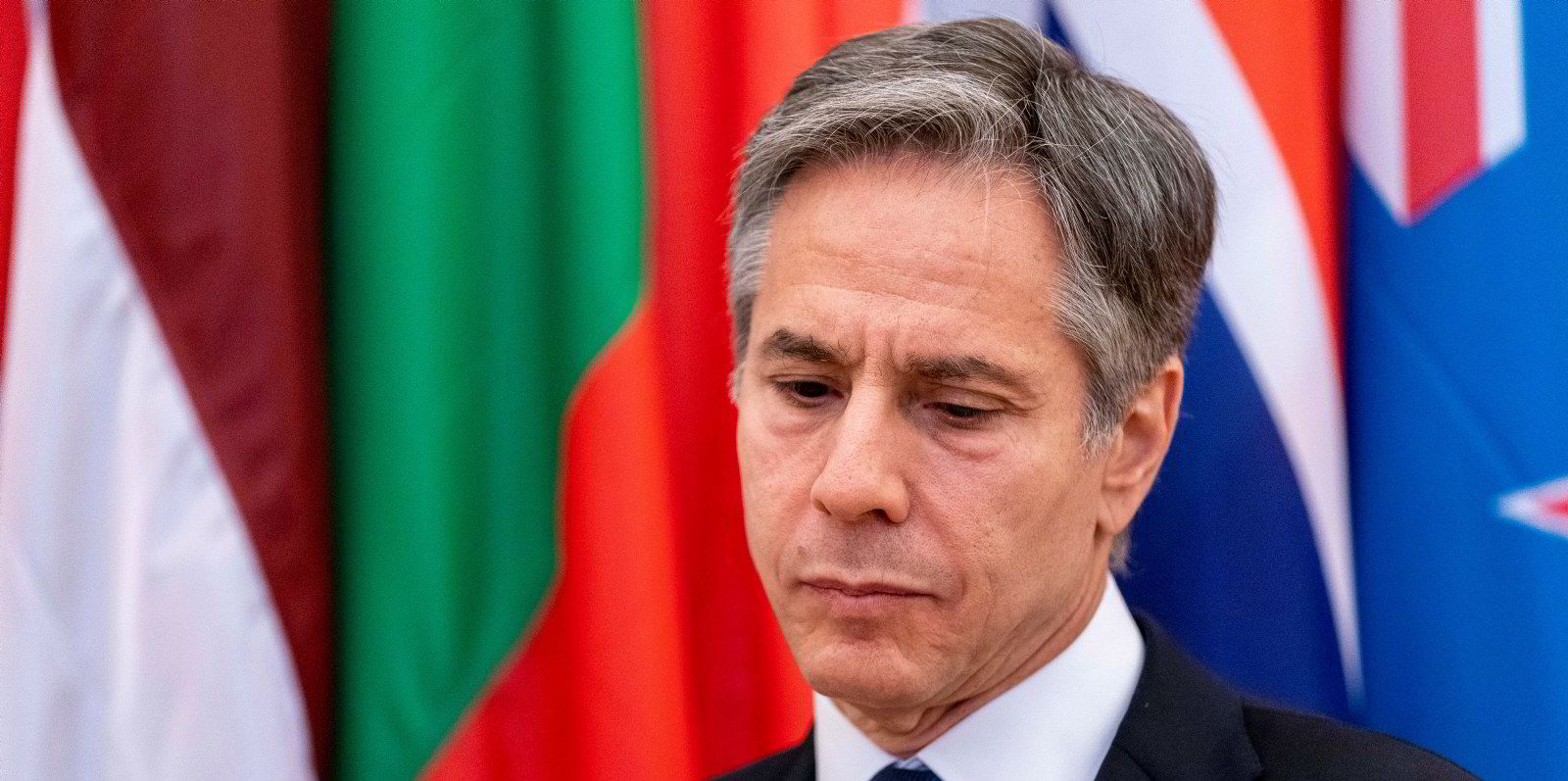Recovering activity amid booming rates has caused Clarksons Research to up its estimate of shipping's CO2 emissions this year.
The research division of UK shipbroker Clarksons believes carbon output may "edge up slightly" to around 840m tonnes or 2.4% of global emissions in 2021.
This is up from the company's estimate for 2020 of 810m tonnes.
The 2021 figure would still be only a return to 2019 levels and 18% down on 2008 levels, Clarksons Research managing director Stephen Gordon told TradeWinds.
And he cautioned the figure is subject to a wide range of high-level assumptions including on trading. patterns and active capacity.
Gordon wrote in the company's half-year report: "Given the amplified focus on energy transition and the developments at IMO (and pending announcements from the EU), let's hope those extra classes on green and tech we recommended a few years ago have come in handy."
'Exceptional' performances
The managing director believes that a year on from peak trade disruption due to the Covid-19 pandemic, there has been a strong recovery and some "exceptional" individual markets.
"While previous years’ reports have mentioned 'must do better' or 'extra classes needed', even the toughest of examiners would congratulate (tankers aside!?) shipping’s economic performance during the many continued challenges of the pandemic," Gordon said.
The cross-sector ClarkSea Index of rates averaged an encouraging $20,717 per day in the first six months, the company said.
This is up 27% year-on-year and is the strongest since the heady days of 2008.
The star performer has been the "red hot" containership market which has seen record highs, while bulkers also deserve a merit award with their best half-year since 2010, Gordon believes.
LPG carrier earnings were down on 2020 averages, but still 21% above the long-term trend, while LNG vessels, despite some ups and downs, were close to the trend.
Tankers suffering

Tankers averaged their lowest six-month return for more than 30 years, although there are mitigating circumstances such as oil trade still being down 10% on pre-Covid levels.
Car carriers have picked up nicely to move 5% above-trend, which is impressive as rates touched all-time lows last year, Gordon said.
Offshore oil and gas shipping has improved but still remained 30% below the trend for a North Sea platform supply vessel.
Overall, the pandemic slashed 500m tonnes of trade from the expected global total in 2020.
But Clarksons Research is now estimating that volumes have returned to pre-pandemic levels.
"Again a special commendation to containers, with a combination of pent-up demand, shifts in consumer spending and economic recovery supporting projected trade of 207m teu this year, up 6% on 2020," Gordon said.
The company is projecting more than 12bn tonnes of total seaborne trade in 2021.
Orderbook low but growing
The newbuilding orderbook remains low at 8% of the active fleet.
But orders for 24m cgt of vessels worth $55bn to 30 June made this the busiest half-year since 2014, beating 2020's full-year total.
Steel prices and currency movements may make similar order intake in the second six months more difficult for yards, Gordon argues.
Sale and purchase brokers have also been much busier this year.
Clarksons Research estimates that 8% of the fleet may have changed hands by the end of 2021 at current transaction rates.







